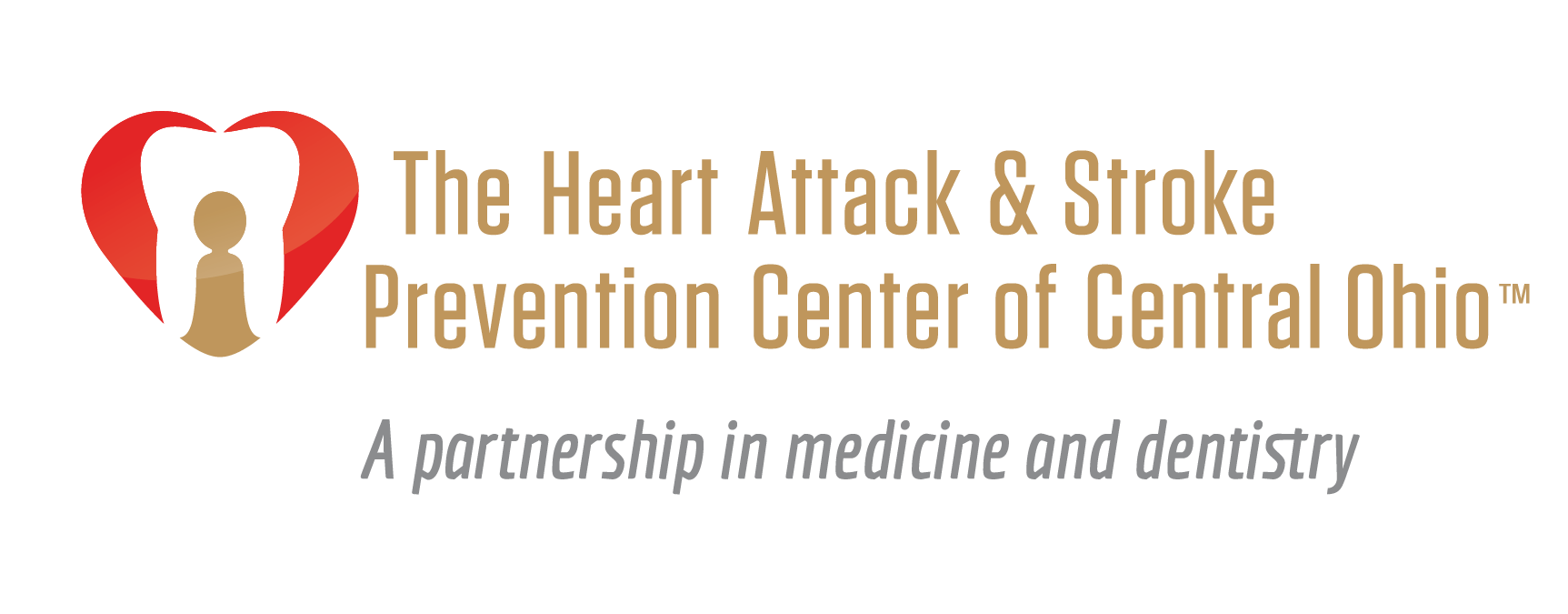Heart Talk - February 2018
- Eric Goulder, MD, FACC

- Feb 1, 2018
- 3 min read
Lifesaving Facts Women Need to Know About Their No. 1 Killer: Heart Disease
Heart-healthy and Stroke-free Living with Eric A. Goulder, MD, FACC

After a heart attack, women are three times more likely than men to die due to alarmingly unequal care, according to a new study published in Journal of the American Heart Association. The researchers also found that women who had the most serious type of heart attack (in which a coronary artery is totally blocked) had a 34% lower chance than their male counterparts of getting recommended treatments, such as a stent to reopen the artery.
Moreover, women who suffered a heart attack were less likely to get a prescription for such standard treatments as statins, which can reduce the risk for a second heart attack, or even aspirin, which helps prevent artery-obstructing blood clots, the study found. This alarming research highlights why it’s essential for women to become their own advocates for optimal cardiovascular care and take action NOW to avoid heart attacks and strokes. Here is what you to need to know to protect your arterial wellness at every age.
UNDERSTAND THE FACTS AND BE AWARE!
Nearly 50% of American women and 39% of doctors — including cardiologists — think breast cancer is the leading cause of death in women, according to a 2017 survey published in Journal of the American College of Cardiology (JACC). In reality, heart disease is the No. 1 killer of women, claiming more female lives than ALL forms of cancer combined. Another frightening fact: 64% of women who die suddenly from a heart attack were previously unaware they had heart disease.
Another common — and very dangerous — misconception is that young women don’t need to be concerned about their heart health. Ninety-two percent of women aren’t aware of the American Heart Association’s recommendation that screening for heart disease should start at age 20, a recent national survey reported. On average, most of the women polled thought the right age to begin screening was 41, two decades later.
Here’s some powerful motivation for young women to pay attention to their heart risks: Women ages 35 to 44 are the only group for which heart disease deaths are increasing — at a rate of 1.3% a year since 1997. Overall, heart disease claims the lives of one in three American women. The good news, however, is that with optimal medical care and a heart-smart lifestyle, heart attacks and strokes are preventable.
WOMEN ARE OFTEN LEFT DANGEROUSLY IN THE DARK ABOUT HEART RISKS
In the survey discussed above, most of the women (71%) assumed that if they had a heart problem, their provider would let them know. Even though many of the women had risk factors for heart disease, such as smoking, diabetes, high blood pressure or a family history of heart disease, and also underwent annual physicals or wellness exams, only 16% had been warned of their cardiovascular danger.
That’s scary because arterial disease, if untreated, often progresses silently until it becomes severe enough to trigger a heart attack or stroke. In a recent study of 3,501 young heart attack survivors ages 18 to 55, nearly all of the patients had at least one risk factor and 64% had three or more. Yet only half of the patients knew they were at risk before their event! The study also revealed an alarming gender bias: Women were 11% less likely than men to be told they were at risk and 16% less likely to have their healthcare provider discuss risk modification, such as lifestyle changes that might have prevented their heart attack!
WOMEN’S HEART DISEASE RED FLAGS AND AN ACTION PLAN
The JACC survey also found that very few primary care providers or cardiologists follow female-specific guidelines for heart disease risk assessment in women. Instead, they often use risk calculators that are mainly based on studies of men. Since a number of studies have shown that these calculators can be dangerously inaccurate, the BaleDoneen Method does not rely solely on risk factor analysis. We also use leading-edge laboratory and imaging tests to directly check each patient for hidden signs of arterial disease.
Our personalized, precision-medicine approach also includes checking women for female-specific red flags for cardiovascular risk, including migraine headaches with aura, polycystic ovarian syndrome (PCOS), use of birth control pills and a history of gestational diabetes or pre-eclampsia during pregnancy. We also check all patients for recently identified root causes of arterial disease, such as periodontal (gum) disease, which was shown in a landmark BaleDoneen study to actually be a contributing cause of heart disease.
Read the Full Newsletter!




Comments